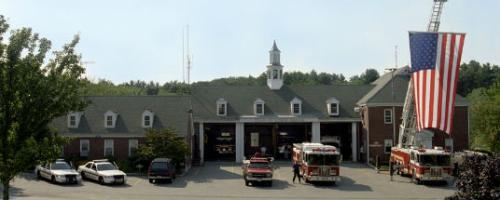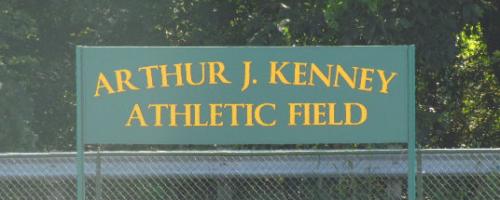Pavement Management Process
How do you do Pavement Management?
In 2012 all Town streets were inspected to document their existing condition and a condition index was assigned (from 0-100). (See Roadway Rating Map) Generally, streets rated 70-100 are considered good. Our goal is to keep good streets in good condition. When roads begin to fail, they fail quickly and the cost to repair them increases dramatically. While it might be tempting to fix failed streets first, it would be so expensive no money would be left for preventive maintenance or rehabilitation of fair to good streets. The Town has adopted a “balanced approach” for road repairs in that besides selecting roads for preventive maintenance, others are selected for resurfacing or reconstruction.
One major consideration is to coordinate needed pavement resurfacing with other street, water, and underground utility improvements. Streets included in the annual maintenance program are carefully selected based on engineering evaluations, and input from citizens and maintenance personnel. After all factors have been considered, the candidates are reviewed and a final project list is developed.
Once a street is paved, there is a five (5) year moratorium on street openings as these penetrations accelerate asphalt deterioration. To avoid this, before paving the Town repairs or upgrades their underground infrastructure (drain and water) and coordinates with National Grid and Reading Municipal Light Department (RMLD) for their repairs or upgrades.
An effective street opening permits system for utilities such as water, sewer, cable, phone, electricity and gas are another part of the pavement management program. This permitting process seeks to minimize the excavation of roads through effective ongoing coordination; and ensuring that experienced, licensed contractors put the pavement back to original conditions and guarantee their work for 24 months.










